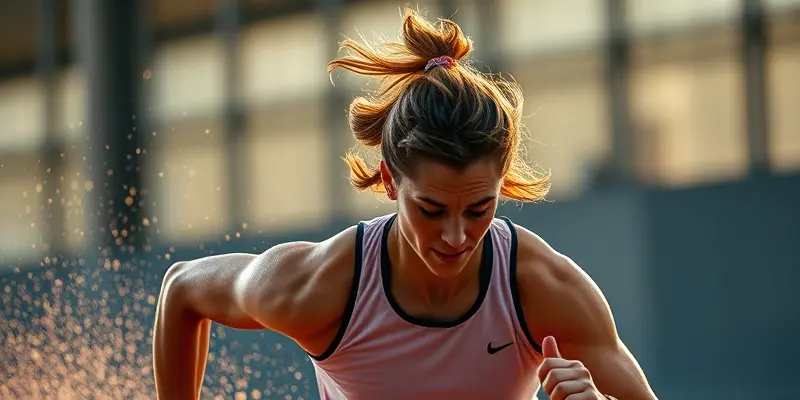Cultivating a Culture of Wellness: Recovery & Injury Prevention for Athletes
Crafting a culture of wellness is crucial for athletes and fitness enthusiasts at every level. Integrating proactive strategies for injury prevention, recovery, and self-care fosters long-term performance and minimizes downtime.
The Fundamentals of Injury Prevention
Warm-up and Cool-down
Do you skip warm-ups or cool-downs? Including dynamic stretches before exercise and static stretches afterward can decrease your risk of strains and sprains. These few minutes of preparation help your body cope with physical stress.
Importance of Strength and Conditioning
Incorporate strength exercises such as squats, planks, and resistance training into your routine. This builds muscle around joints, enhancing stability and lowering injury risk.
Role of Cross-Training
Tired of the same workout? Engage in swimming, cycling, or yoga. Cross-training prevents overuse injuries and keeps your workouts exciting and well-rounded.
The Elements of Recovery
Initial Care Methods
Injuries happen. For instant relief from acute injuries, use the R.I.C.E. method—Rest, Ice, Compression, Elevation. This method swiftly reduces swelling and pain, setting the stage for further recovery.
Gradual Return and Ongoing Prevention
After injury, gradually increase your activity level and watch for pain or fatigue. Continue with flexibility, strength, and stabilization exercises—even post-recovery—to avoid future setbacks.
Nutrition’s Role in Recovery
Balanced Diet Guidelines
Fuel recovery with a diet rich in lean protein, complex carbohydrates, and healthy fats. Include antioxidants, calcium, and vitamin D for tissue repair and immune function.
Anti-inflammatory Foods
Include foods such as fatty fish, berries, leafy greens, and nuts. Their anti-inflammatory properties can promote faster healing and reduce discomfort.
Tools and Gadgets for Recovery
Foam Rollers and Massage Guns
Foam rollers and massage guns are great for myofascial release. They help reduce muscle tightness and soreness after workouts.
Other Gadgets and Their Benefits
Consider compression sleeves for circulation and contrast baths to enhance blood flow and reduce inflammation post-exercise.
Psychological Strategies
Importance of Goal Setting
Goal setting is vital. Clear, achievable rehab goals help sustain your motivation and track progress.
Mindfulness Techniques and Support Networks
Ever tried visualizing success or meditating? These can reduce stress and uplift your mood. Lean on a supportive network of coaches and friends for encouragement.
Conclusion
Making wellness practices part of your routine is essential. Whether you’re aiming to elevate your performance or maintain overall health, these strategies will support your journey to well-being. Listen to your body and nurture it—all for a fulfilling athletic pursuit.
By integrating these wellness practices, you invest in a healthier, more resilient self, ready for whatever challenges you may face.

